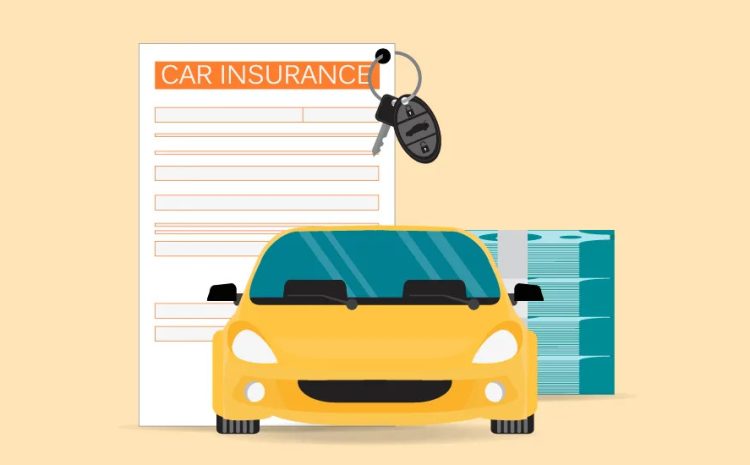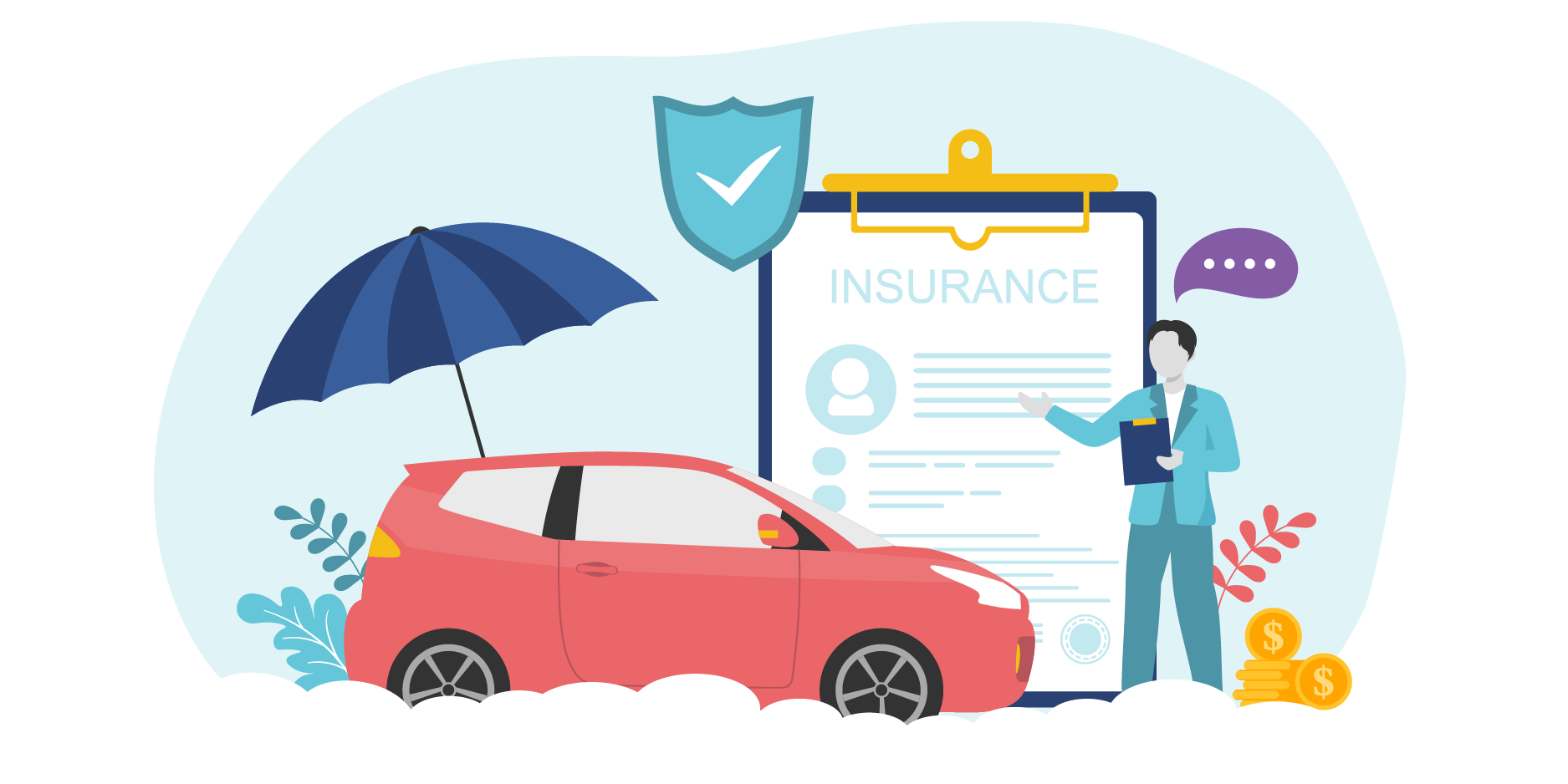Driving is a fundamental part of modern life, offering freedom and convenience. Yet, the open road also comes with inherent risks. From minor fender-benders to significant accidents, the financial and emotional repercussions of an incident can be life-altering. This is where auto insurance steps in, acting as your crucial financial safety net. It’s more than just a legal requirement; it’s the foundation upon which you can truly drive with confidence.
In this detailed guide, we’ll explore the essential elements of auto insurance, why it’s indispensable, and actionable tips for securing the best coverage for your unique situation, all while keeping your financial well-being in mind.
Why Auto Insurance is Non-Negotiable
While the immediate urge might be to view insurance as just another monthly bill, its core value lies in risk transference and financial protection.
1. Legal Compliance
In almost every state and country, liability auto insurance is a legal requirement to operate a vehicle. These minimum coverages ensure that if you are at fault in an accident, there is a financial mechanism to compensate the other party for their bodily injuries and property damage. Driving without at least the state-mandated minimum can result in hefty fines, license suspension, and even vehicle impoundment.
2. Financial Security Against the Unexpected
An accident, especially one involving serious injuries or total vehicle loss, can instantly generate bills climbing into the tens or hundreds of thousands of dollars.
- Protecting Your Assets: Without adequate insurance, you could be personally sued for damages, putting your savings, home equity, and future earnings at risk. Insurance acts as a shield for your personal assets.
- Covering Costly Repairs: Collision and Comprehensive coverage pay for damages to your own vehicle. Imagine a sudden hailstorm, a tree falling on your parked car, or an unfortunate collision—these out-of-pocket expenses can be crippling without coverage.
3. Peace of Mind
Ultimately, the greatest benefit of being properly covered is the peace of mind it affords. Knowing that a robust insurance policy is backing you allows you to focus on the road and enjoy the drive, rather than constantly worrying about “what if.”
🛡️ Understanding the Core Coverages
Auto insurance policies are modular, built from several key components. Understanding these parts is essential to building a policy that truly protects you.
A. Liability Coverage (The Legal Minimum)
This is the cornerstone of any policy and covers costs when you are at fault for an accident.
- Bodily Injury Liability (BI): Covers medical expenses, lost wages, and pain and suffering for the people injured in the other vehicle.
- Property Damage Liability (PD): Covers the cost of repairing or replacing the other driver’s vehicle or other property (e.g., a fence, lamppost) that you damage.
Expert Tip: State minimums are often dangerously low. A severe accident can easily exceed these limits. It is highly recommended to purchase liability limits that significantly exceed the minimum to safeguard your financial future.
B. Coverage for Your Own Vehicle
These are typically optional but highly recommended, especially for newer or financed cars.
- Collision Coverage: Pays for the repair or replacement of your car if it is damaged in an accident with another vehicle or object (like a pole or guardrail), regardless of who is at fault.
- Comprehensive Coverage: Protects your car from non-collision-related damage, such as theft, vandalism, fire, hail, flooding, or striking an animal.
C. Personal and Uninsured Protection
- Uninsured/Underinsured Motorist (UM/UIM): This is a vital protection. It covers your medical bills and/or property damage if you are hit by a driver who either has no insurance (Uninsured) or insufficient insurance (Underinsured).
- Personal Injury Protection (PIP) or Medical Payments (MedPay): These cover medical expenses for you and your passengers, regardless of who caused the accident. This coverage can kick in immediately, often before your health insurance, to cover deductibles and co-pays.
🔑 Smart Strategies to Get the Best Coverage
Finding the right policy isn’t just about the lowest premium; it’s about finding the best value—comprehensive protection at a competitive price.
1. Compare, Compare, Compare
The most effective way to save money and ensure good value is to never automatically renew your policy. Prices for the exact same coverage can vary wildly between insurers.
- Action: Set a reminder to start comparing quotes 3-4 weeks before your current policy expires. Use multiple comparison sites and direct insurer quotes to get a broad view of the market.
2. Adjust Your Deductibles Wisely
Your deductible is the amount you agree to pay out-of-pocket before your Collision or Comprehensive coverage kicks in.
- The Trade-off: Choosing a higher deductible (e.g., $1,000 instead of $500) will generally result in a lower premium. This is a good strategy if you have enough emergency savings to comfortably cover the higher out-of-pocket cost if an incident occurs.
3. Maximize Your Discounts
Insurers offer a wide array of discounts that can significantly reduce your premium. Be proactive and ask about every one you might qualify for:
- Multi-Policy Bundles: Bundling your auto, home, or renter’s insurance with the same company.
- Safe Driver Discounts: For maintaining a clean driving record over a certain period.
- Vehicle Safety Features: Discounts for anti-lock brakes, airbags, and anti-theft devices (alarms, immobilizers, trackers).
- Good Student Discount: For students who maintain a high GPA.
- Low Mileage/Usage-Based: For driving fewer miles per year or for allowing the insurer to monitor your driving habits via a mobile app or device.
- Pay-in-Full: Paying your entire annual premium upfront, as monthly installments often include interest or fees.
4. Review Your Coverage Regularly
Your insurance needs evolve as your life changes.
- After Buying a New Car: Your lender will likely require Comprehensive and Collision, often with specific deductible limits.
- When Your Car Ages: If your car is more than 10 years old and has low market value, the cost of Comprehensive and Collision coverage might be higher than the potential payout. You may save money by dropping these coverages.
- Major Life Changes: Moving, getting married, or a teen getting their license all impact your rates. Review your policy immediately after these events.
Addressing Special Circumstances
A one-size-fits-all policy rarely works. Tailoring your insurance for specific situations is key to driving with confidence.
- Rideshare Drivers (Uber/Lyft): Standard personal auto policies often have an exclusion for commercial activity. If you drive for a rideshare company, you need to ensure you have a rideshare endorsement or a commercial policy to cover the gap between the time you are logged into the app and when you accept a ride.
- Classic Cars: A standard policy will only cover the depreciated market value. Classic and antique cars should be insured with an agreed-value policy, which pays out a pre-determined amount agreed upon by you and the insurer, regardless of current market fluctuations.
- High-Value Assets (Umbrella Policy): If your net worth is substantial, you may consider a personal umbrella policy. This extends your liability coverage above and beyond the limits of your auto and home policies, providing an extra layer of protection, usually $1 million or more, for a relatively low premium.
A Final Note on Confidence
Ultimately, “Get Covered and Drive with Confidence” is a call to be an informed, prepared, and responsible driver. The confidence doesn’t come from a belief that nothing will ever happen; it comes from the certainty that you are financially prepared if it does.
By understanding the key coverages, reviewing your policy, and strategically maximizing discounts, you can secure the necessary protection without overburdening your budget. The road can be unpredictable, but your financial security doesn’t have to be. Get the right coverage today and enjoy the journey ahead.






